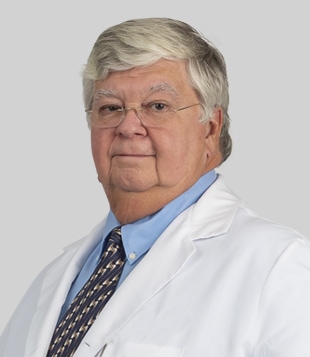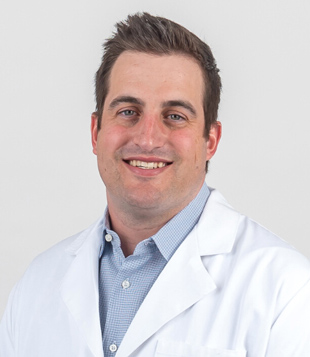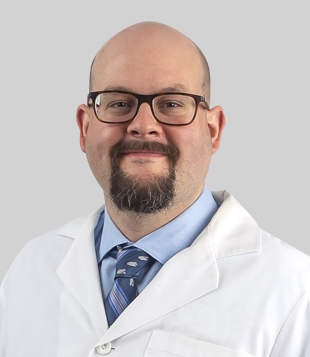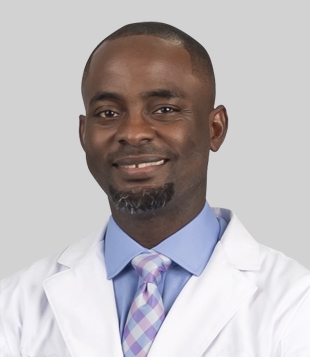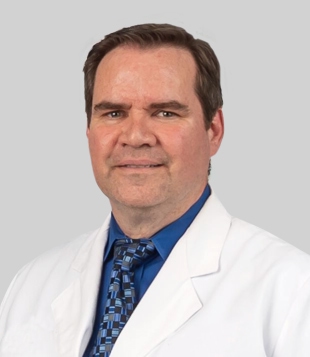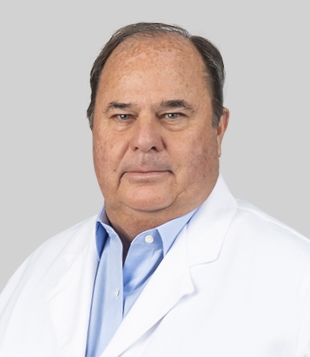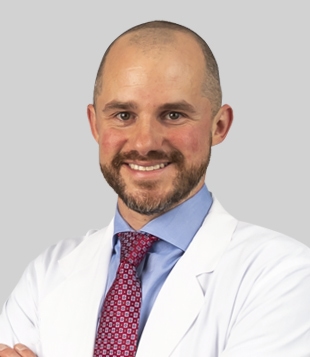Conditions We Treat.
Home > Conditions > Spinal Fractures
Spinal Fractures
Spine fractures can occur for many reasons including falls, osteoporosis, traumatic accidents, spinal tumors or spinal infections. Depending on the cause, many fractures may never require surgery, but major fractures can result in serious long-term problems unless treated promptly and properly. There are three main types of spine fractures:
- Vertebral compression fractures: Most common in osteoporosis patients after minor trauma
- Vertebral burst fractures: Usually seen after severe trauma, such as an auto accident or falls, and involves multiple fractures in the vertebrae
- Fracture-dislocations: Typically seen after severe trauma and includes fractures accompanied by shifting of the vertebrae
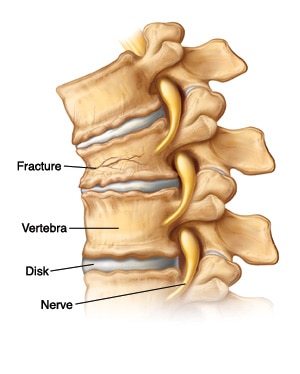
Symptoms of Spinal Fractures:
Spinal fracture symptoms vary depending on the type and severity of the fracture. Other factors, like nerve damage may also cause symptoms. Generally, spinal fracture symptoms include:
- Spinal pain
- Swelling
- Numbness or weakness
- Radiating pain down the arms or legs (radiculopathy)
- Changes in reflexes
- Difficulty moving or walking
If the spinal cord is damaged, paralysis is also possible. A full physical examination and imaging is needed to diagnose a spinal fracture. Patients generally need a CT scan and x-ray to properly diagnose and locate the fracture. However, an MRI may be needed to look for bleeding in the spine or related conditions, like herniated discs.
Treatment for Spinal Fractures:
Many fractures heal with conservative treatment. If there are no severe symptoms, surgery may not be needed. Instead, patients can wear braces to help stabilize the spine. Braces help maintain spinal alignment, immobilize the spine during healing and control pain. The type of brace worn is determined by the location of the fracture. Typically, braces are worn about 8-12 weeks.
However severe fractures may require surgery to realign the spine. If a fracture is causing symptoms—especially if the symptoms are severe, such as bone fragments pressing on the spinal cord or nerve roots—a neurosurgeon will need to surgically repair the spine.
In severe cases, a surgical procedure called surgical fixation is used. Surgical fixation involves specific techniques: instrumentation and fusion. Fusion means to join; in cases of spinal fracture, it means to join the fracture vertebrae with a bone graft and metal hardware. The goal is to join the vertebrae to create one solid bone, which may take several months.
In some cases, spine surgeons can perform a minimally invasive surgery called kyphoplasty. This procedure involves re-expanding the vertebrae and strengthening them by injecting bone cement. Sometimes, a neurosurgeon can cement the vertebrae without re-expanding the fracture; this procedure is called vertebroplasty.
Treatment for spinal fractures will depend on each patient’s case and the severity and location of the fracture.
*Disclaimer: The materials available at this website are for informational purposes only and not for the purpose of providing medical advice. You should contact your doctor to obtain advice with respect to any particular medical issue or problem. Use and access to this website or any of the links contained within the site do not create a doctor-client relationship. The opinions expressed at or through this site are the opinions of the individual author and may not reflect the opinions of the medical office or any individual doctor or physician.
We specialize in Spinal Fracture Treatment.
At Nashville Neurosurgery Associates, we are proud to be one of the region’s leading neurosurgical centers. Our team of board-certified surgeons provide expert care and treatment of spinal fractures.

